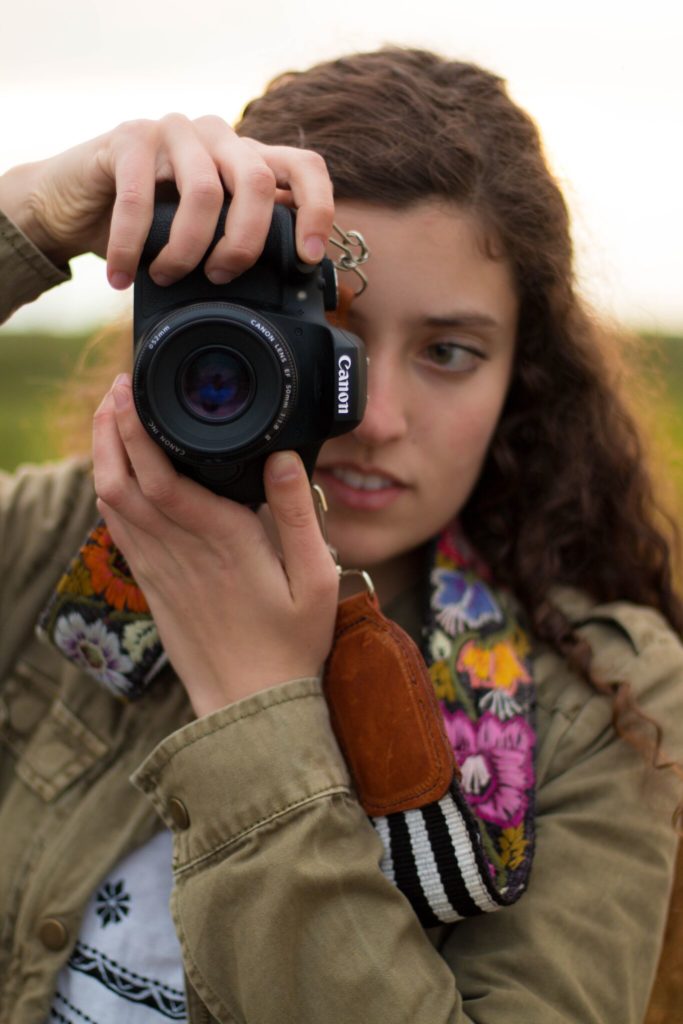At time, technology can be intimidating, especially with an overwhelming amount of hidden functions that require deciphering through a user manual and blackhole spirals into Google. This is particularly so with digital single-lens cameras aka DSLRs aka the fancy looking cameras you see bloggers, photographers, and aspiring bloggers and photographers using.
If you are a photo novice who has decided to upgrade from your camera phone, don’t get overwhelmed. While there are tons of nobs and buttons, there are only a few you need to concern yourself with to capturing a great photo.
Instead of dusting off your user manual, here is the low down on the four most common DSLR functions that you need to know!
Step One: Aperture
Adjusting the aperture of the camera lens changes the amount of light entering the photo, thus impacting the depth of field. (“Depth of what?”) Depth of field is defined as “the zone of acceptable sharpness in front of and behind the subject on which the lens is focused.” To put it simply, if you want that blurry background behind your subject, you’re dealing with the aperture.
Each camera lens has a specific “f-stop” range or setting. The lower the f/stop, the larger the opening in the lens and the less depth of field there will be and, thus, the blurrier the background. The higher the f/stop, the smaller the opening in the lens and the greater the depth of field and, therefore, the sharper the background.

Step Two: Photo settings
When adjusting the settings of your camera, it is important to consider the types of photos you will be taking. Will you be taking a photo of your stylish BFF for her Instagram? Portrait style photos like these most often look the best when composed with a lens that has a lower aperture. Meanwhile, if you are trying to capture the sites while on vacation, landscape images do not necessarily need a particular low “f-stop.”

Step Three: Shutter Speed
In addition to aperture and “f-stop,” it is important to understand how to adjust the shutter speed of your DSLR, as well. Shutter speeds are measured in fractions of seconds and it determines how long the shutter is open for. The longer the shutter is open for, the more light will enter an image and vice versa, making the images blurry. Long exposure images, for instance, require a low shutter speeds and can be very beautiful. However, this type of photo requires a sturdy camera set up, such as a tripod. When it doubt, stick with a fast shutter speed.
Step Four: ISO
The ISO correlates to how sensitive the image is to the light. If you are in a darker setting, bumping up the ISO will lighten the image; however, it will also increase the amount of grain that the image has and may distort the coloring. So photographer beware!

As you practice with your equipment and begin to understand the functions of a DSLR camera, your work will continue to improve. And if you have any questions in the meantime, let us know in the comments below!
